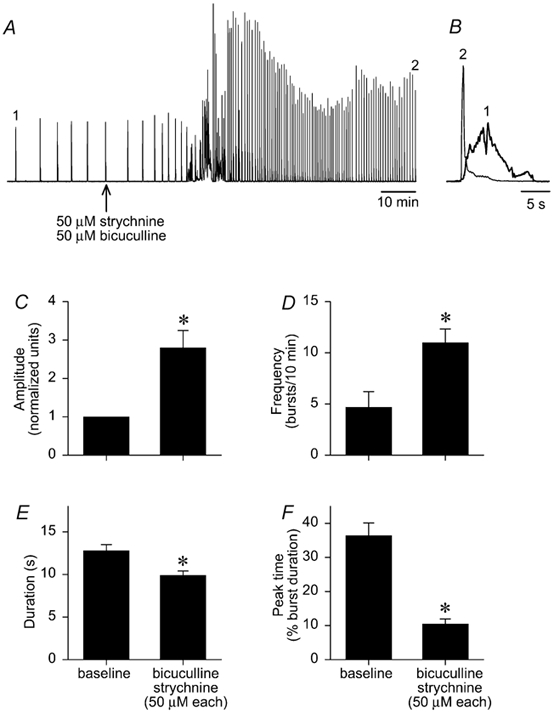Figure 5. Rhythmic activity persists during combined GABAA and glycine receptor blockade.

Bicuculline and strychnine (50 μM each) were applied to brainstems (n= 11) to block GABAA and glycine receptors, respectively. A, a trace of integrated hypoglossal bursts from one brainstem shows that GABAA and glycine receptor blockade caused an initial increase in frequency, followed by bursts superimposed on tonic activity. Afterwards, a high frequency rhythm emerged with large amplitude bursts. B, a comparison of a hypoglossal burst trace during baseline (1, thick line trace) with a hypoglossal burst trace after blocking GABAA and glycine receptors (2, thin line trace) shows the shift to rapid onset-decrementing pattern of discharge. Group data show that amplitude (C) and frequency (D) increased significantly by > 100 % while duration (E) and peak time (F) decreased significantly. Data gathered over 30 min were averaged to give baseline; blockade value is the average of data gathered over 20 min.
